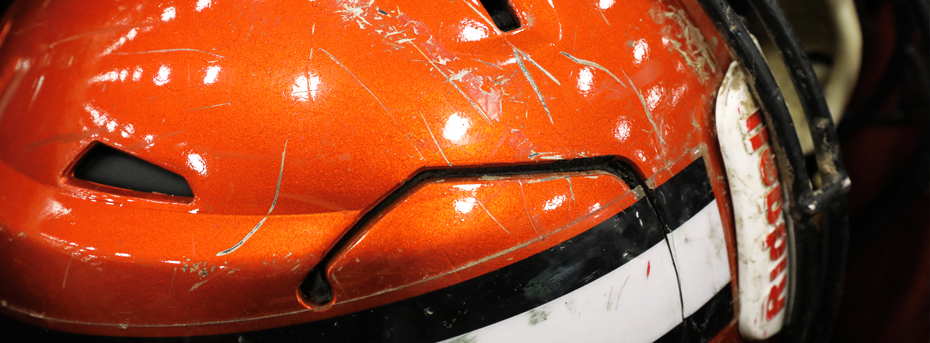Football helmets go through a LOT. If you’ve watched a game, then you know what I’m talking about. We see it every Friday, Saturday and Sunday; on-field, off-field, during practice, during games, wherever it is, a helmet is going through it.
Bumps, scrapes, and nicks. Here and there, even decals come off and paint chips. You name it – it happens.
But what happens afterwards? Who makes the helmets look all shiny and new again? How do they get that face mask looking brand new or get the mud out of the interior padding?
That’s where companies like Riddell come into play with reconditioning. During the off-season at Riddell, helmets are washed, sanitized, repainted, repaired, if needed, and recertified, then they’re ready for action.
If you don’t know, individuals and teams, youth all the way up to the pros have a dedicated reconditioning cycle where helmets go through this process. All in effort to keep each team’s equipment investment functioning at a high level.
The shelf life for a helmet to be used on-field is 10 years from the date it was manufactured with a required recertification mandate at least every 2 years. Riddell recommends annual reconditioning and regular reconditioning will help prolong the helmet’s life.
Detailed in the video below, helmets go through a rigorous process to get back to being field ready each year. Each step as important as the last, ensuring helmets maintain proper fit, function and protection for the athletes who wear them.
No two helmets are the same and their reconditioning needs and process varies. But the end result should always be the same.
A helmet ready to hit the field, shine under the lights and perform like an MVP every time an athlete puts it on.
January 11, 2020






